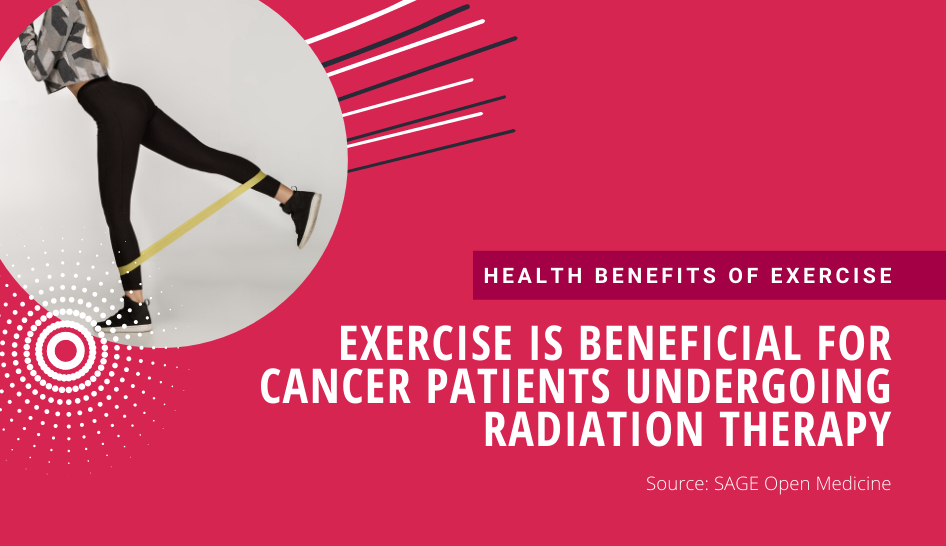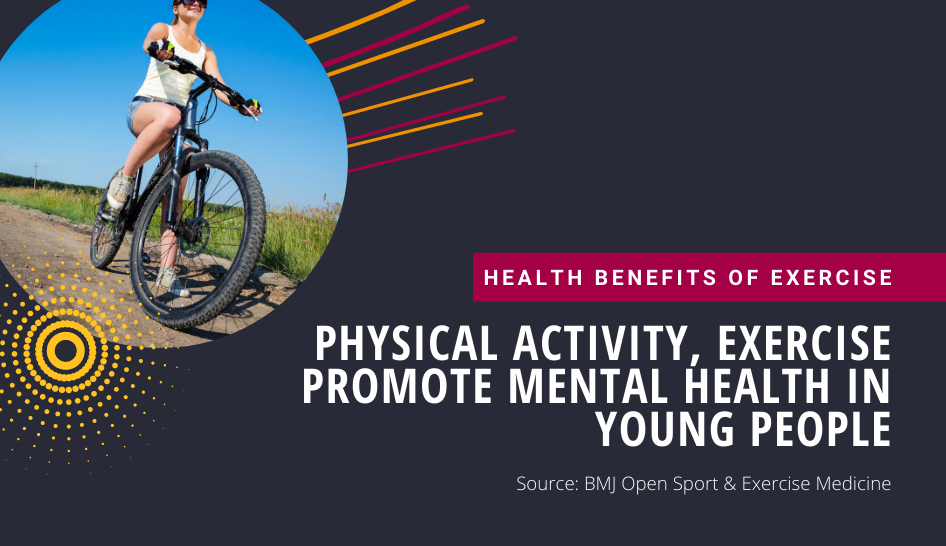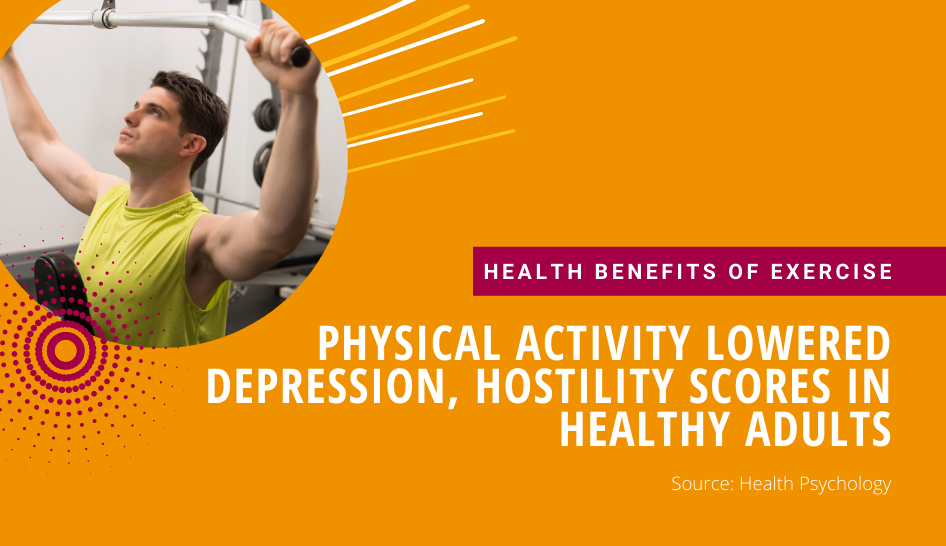Exercise Is Beneficial for Cancer Patients Undergoing Radiation Therapy
Radiotherapy is a common component in cancer treatment, and about 50% of cancer patients undergo radiotherapy as part of their treatment, either alone or in conjunction with other treatments like chemotherapy. Several adverse effects are associated with radiotherapy, including cancer-related fatigue, sleep disorders, and depression. A study published in SAGE Open Medicine reviewed evidence from 29 original studies, looking at the effects of exercise interventions during radiotherapy on treatment-related adverse effects.
According to the review, exercise can be linked to improvements in cancer-related fatigue for people with breast cancer; it seemed to prevent increases in fatigue in people with prostate, rectal, and head and neck cancer. In nine studies pertaining to breast cancer, exercise interventions could be linked to improvements in exercise capacity, muscle strength, pain, sleep quality, and quality of life. Additionally, subgroup analysis conducted as part of one study suggests that supervised exercise may be more effective than home-based exercise. It also suggests that combined aerobic and resistance training may be more effective than either one alone at reducing cancer-related fatigue.
In patients with prostate cancer, physical activity increased exercise capacity and muscle strength and decreased proinflammatory markers. Researchers also found an inverse link between self-reported cancer-related fatigue and exercise levels. For people undergoing rectal cancer treatment, exercise improved physical performance and muscle strength and helped prevent declines in cardiovascular fitness, fatigue, and quality of life. Patients with head and neck cancer saw improvements in functional exercise capacity and some areas of quality of life, and exercise seemed to prevent muscle strength losses. People with non-small cell lung cancers tolerated moderate to high-intensity exercise, but there wasn't enough evidence to draw conclusions about more specific outcomes.
According to the authors, these findings mean that “in view of the value of exercise during [radiotherapy] to manage treatment-related side effects, exercise programmes should be incorporated as a routine part of cancer patient care during [radiotherapy], similar to cardiac and pulmonary rehabilitation.”
The benefits of physical activity on people undergoing cancer treatment are not new to the fitness industry. A number of clubs offered cancer wellness programs prior to COVID-19 restrictions, and according to at least one cancer expert, “working with the fitness industry is the Holy Grail.”



